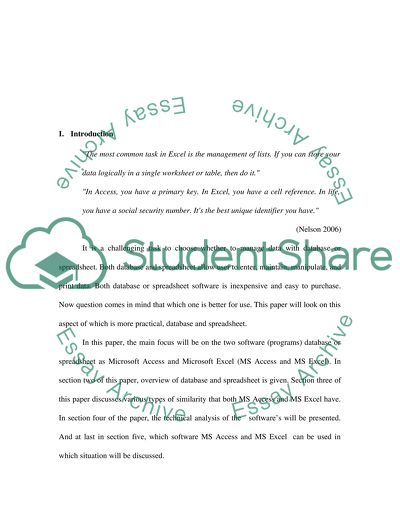Cite this document
(Database or Spreadsheet: Which Is More Practical Research Paper, n.d.)
Database or Spreadsheet: Which Is More Practical Research Paper. Retrieved from https://studentshare.org/information-technology/1538453-database-vs-spreadsheet
Database or Spreadsheet: Which Is More Practical Research Paper. Retrieved from https://studentshare.org/information-technology/1538453-database-vs-spreadsheet
(Database or Spreadsheet: Which Is More Practical Research Paper)
Database or Spreadsheet: Which Is More Practical Research Paper. https://studentshare.org/information-technology/1538453-database-vs-spreadsheet.
Database or Spreadsheet: Which Is More Practical Research Paper. https://studentshare.org/information-technology/1538453-database-vs-spreadsheet.
“Database or Spreadsheet: Which Is More Practical Research Paper”. https://studentshare.org/information-technology/1538453-database-vs-spreadsheet.


